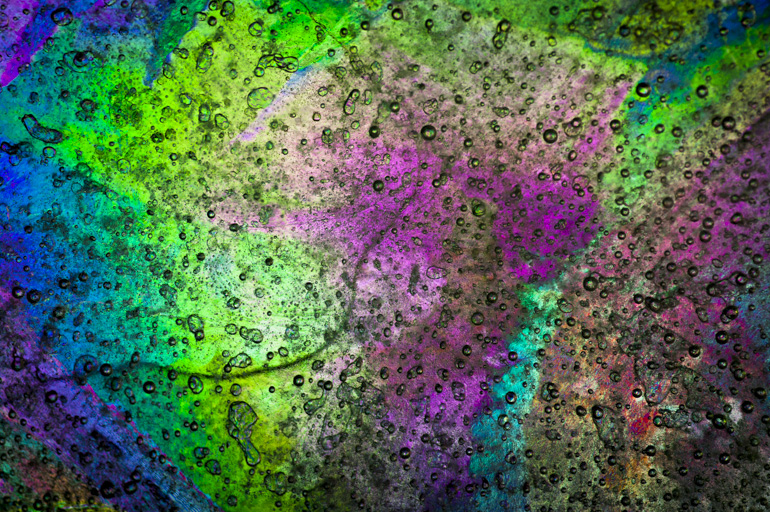In the early days of the polarising filter there was just one type – the linear polarizer. The circular type arrived when the cameras with advanced metering (and later focusing) systems became popular. The Canon T90 and Olympus OM4 both had new advanced TTL metering that would be affected by the way a linear polarising filter worked. So a circular polarising filter had to be used instead.
Later, when autofocus came along, some systems got confused by the affect of the polariser. So, as a rule of thumb, use a linear on old manual and semi automatic cameras and circular on newer modern multi menu models.
If you do have a linear filter and a modern sophisticated digital SLR it will still work, but you may get inconsistent exposures. This is easily rectified by looking on the LCD preview and reshooting with necessary compensation applied.
